The Canadian Uber Cup team in Bangkok yesterday celebrated their qualification for the quarter-final stage. But is it really historic, and if so in what way?
Special contribution by Yves Lacroix. Photos: Badmintonphoto (live from Bangkok)
Mistakes and approximations are often made in journalism. They sometimes stem from well-intentioned people who simply repeat what they’ve read without minimal fact-checking due to a lack of time or out of pure trust in the source they have consulted.
However, once a false or incomplete fact is immortalized on the internet or in the media, it quickly develops into an unending echo of erroneous information that is impossible to correct.
Sometimes, the facts are not necessarily wrong, but misleading. In my opinion, this is the case with the current headlines claiming that Canada made it to the quarter-final stage for the first time in Uber Cup history.
If the headlines meant to proclaim that it is the first time that the Canadian female team reached a stage called ‘quarter-finals’, it is literally true. On the other hand, if writers intended to imply that it’s the first time that Canadian female players reached the last eight – or top eight, or something resembling that – it is not only false, but also unfair to previous players who have achieved similar results in the past.
As with the Thomas Cup, it is difficult to compare the Uber Cup’s different editions because the format, as well as the labelling, have undergone many changes since the Cup’s first ever finals in 1957.
I have, however, made a survey of Canada’s past results and can confirm that the Canadian female team not only reached the top 8 on numerous occasions but have even reached the Top 4 twice, namely in 1975 and 1981.
In 1975, Canada reached the Second Round of the Inter-Zone Playoffs before losing out 1-6 to Japan. The Second Round labelling is misleading because that stage involved the last four remaining teams in the tournament. According to the 1976 International Badminton Federation Handbook, only 14 teams entered the tournament but Canada still made it to what we can reasonably call the semi-final stage.
A similar result was achieved in 1981 when Canada lost to Japan 0-9 in the Second Round of the Inter-Zone Ties. Once again, Canada was amongst the last four remaining teams of the tournament, which can be considered a semi-final, if we translate it into terms of the present format.
In fact, the existence of an 8-team quarter-final knockout round dates back only to the 2004 edition of the Uber Cup Finals. Hence, calling the 2018 team’s accomplishment a first ever quarter-final under the current format implies the end of a mere 14-year wait, much less impressive than the actual 32-year wait since their last appearance in the final 8, which was in 1986.
These precisions are made not to take anything away from the current results of the Canadian female squad, but rather as an attempt to deliver justice to the 1975 and 1981 teams and to players such as Wendy Carter and Denyse Julien who both played in the latter edition. They also represent my contribution to one of the most important aspects of journalism, namely fact-checking and preserving an accurate portrayal of history for the future generations to come.
![Editorial: Canadians’ Uber performance newsworthy …but not a first The Canadian Uber Cup team in Bangkok yesterday celebrated their qualification for the quarter-final stage. But is it really historic, and if so in what way? Special contribution by Yves […]](http://www.badzine.net/wp-content/uploads/ngg_featured/20180523_1507_ThomasUberCup2018_BP017326.jpg)
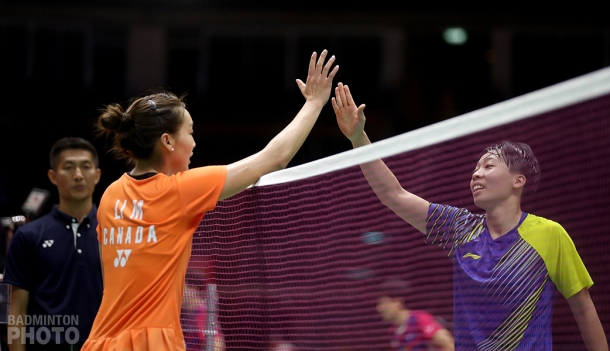
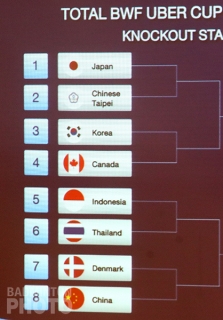
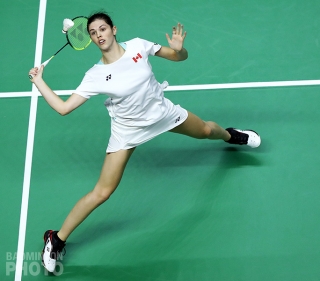
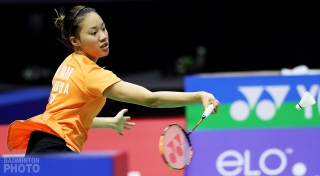
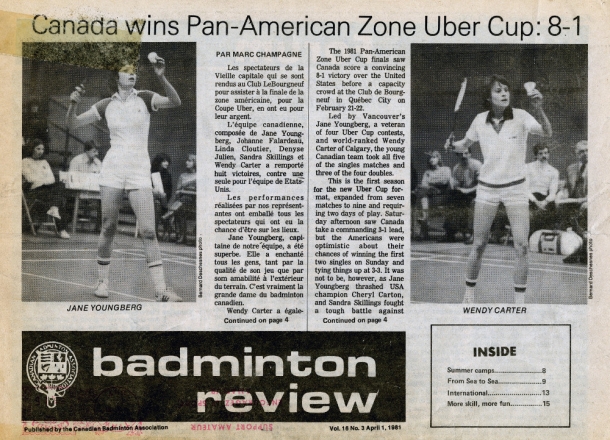


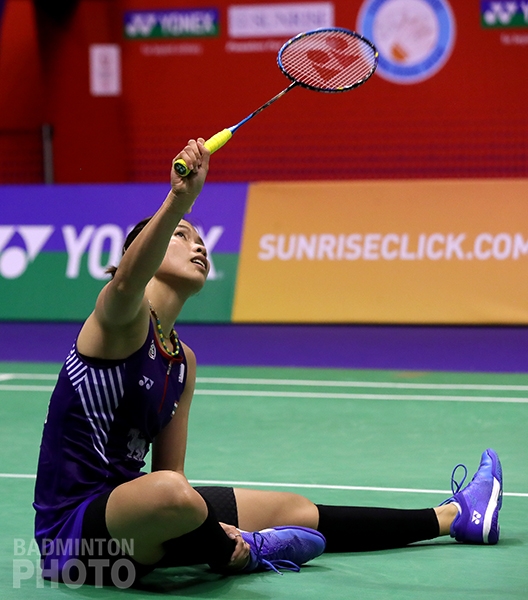
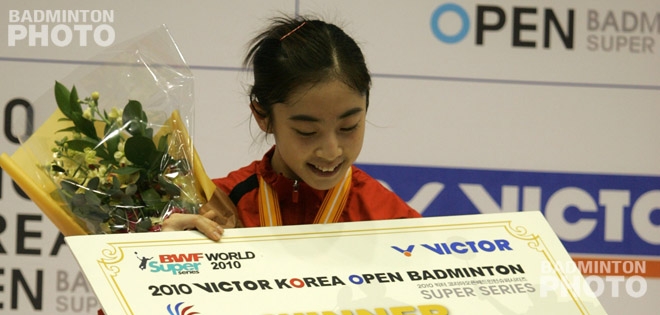
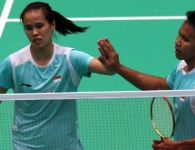
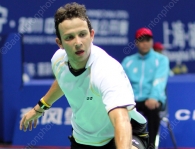
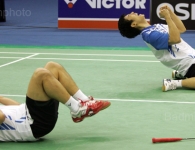
Thanks for your positive comment, Joshua.
Thanks Yves for the clarification. As a Canadian fan that started following the sport in 2010 or so (just in time to watch BWF coverage on Youtube!) such accurate information and coverage give us encouragement and proper perspective: that Canadians today can compete on the world stage, and that it was done in the past as well.